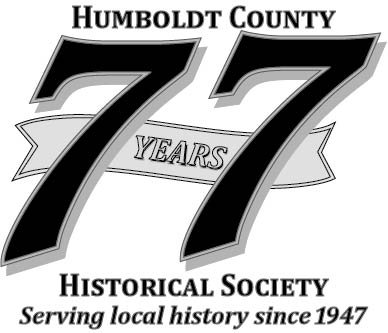Margaret Murray, Sojourner on the Klamath
Matina Kilkenny
At age fifty-five, when schoolmistress Margaret Murray was proclaimed "too old" to continue teaching in Eureka schools, she accepted a faraway post which no one else would take.
Outstanding Mother of the Year in the Redwood Empire
Suzanne Forsyth
Lucena Burgess Shields was very shy when she received attention or got her picture taken, two things which happened to her a lot in 1950.
Centerville, Part II
Jerry Rohde
The wreck of the Northerner was only the first in a series of tragedies on the beaches near Centerville.
Come Ahead and Bring Your Plumb Bob
Stanley “Neb” Roscoe
Work on a wartime surveying crew provides new adventures and experiences for a college sophomore.
Horsemen of Hydesville
Jerry Beck
During the author's formative years, long days in the saddle were enlivened by swims and cherry fests and the friendship of men like Robert F. Fisher.
“This is the Klamath River at Kepel Creek, the ancient site of a special yearly event for the Yurok people, the building of the fish dam. In Totem Salmon, Freeman House tells us, “In all of northwestern California, the largest and most celebratory event of the year . . . is said to have been the fish dam at Kepel.” One of the last fish dams at Kepel was built in 1905. That same year, Margaret Murray of Eureka was the schoolteacher on this section of the Klamath, where she witnessed the building of the fish dam, and where she met her unexpected death in uniquely fateful circumstances. Her story—“Margaret Murray, Sojourner on the Klamath”—is told by Matina Kilkenny on page 8.The fish dam at Kepel was “possibly the most advanced accomplishment of California Indian cultures,” writes Ronnie Pierce in California Salmon and Steelhead. What is so interesting is that, unlike most societies of the time, American Indian cultures tempered their successful technologies with restrictions. For example, the fish dam at Kepel was fished for ten days only. Such rules, sacred and ritualized, served to prevent overfishing, ensuring future salmon runs and thus plenty of food for the community’s well-being. With Euro-American settlement in 1848, commercial fishing, mining, and logging began wreaking havoc on the Klamath fisheries. No longer able to live from the river in the traditional ways, many Yurok began working for canneries and other commercial fishing operations.”

